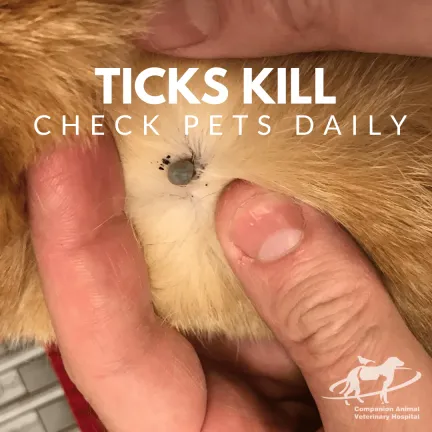A common question that I get, often after advising a patient to lose weight, is 'How much should I feed?' This is usually followed quickly by the observation that the weather has been a bit wet and they’ve had an operation and their mother isn't well and ....... “I haven't been walking her much”.
To deal with the second part first, exercise is for fitness, calories/kilojoules for fatness. The reality is that unless you are willing to do LOTS and LOTS of exercise with your pet (think Biggest Loser-type red faced, intense, extended sessions punctuated by dry heaving) then you won't exercise off fat. Your pet may well get fitter, however knees, hips, backs and elbows don't care how fit your pet is, just how heavy. In summary, just like for people, weight loss is all about reducing the daily intake of kilojoules.
Now to the first part, “How much to feed?” The first place to start is the back of the bag/can of food. The feeding guides of different foods may vary slightly but generally they require your pet's weight and whether they are under/ideal/or overweight. Using a chart, these parameters are entered and the daily intake is estimated. I repeat ESTIMATED. These are general guidelines and will vary.
For example, I have 4 dogs, a geriatric 60kg one, a youngish and an older adult 50kg ones and a mature 33kg one. To maintain a healthy weight the 33kg one eats 4 cups per day, the two 50kg dogs eat 3 cups a day and the oldie only eats 2 and a half cups a day. “Why is this” I hear you ask? Really it’s just different ages and metabolism's, or to put it another way, every dog is different.
Once you have your pet on a certain amount of food, regularly check to see if the intake is adequate. Too much and you will notice it is harder to feel the ribs and that the waist is disappearing. Too little and the ribs and hip bones become obvious, with little fat between the skin and the ribs. Either way, just decrease or increase the food by 25% and check regularly to monitor response.
Special Note - If reducing the amount of food results in-
- Screaming
- 24 hour barking
- eating dirt
- owners feeling mean
- or any other unbearable side effect
there are specific low-calorie foods that allow you feed the same amount of food with less total calories.
Read more articles
- Log in to post comments



